- Have any questions?
- +86-189 8930 5995
- sales@mosinterchem.com.cn
Sodium Carbonate CAS 497-19-8

Imidazole CAS 288-32-4
19/12/2018
Sodium Gluconate CAS 527-07-1
19/12/2018| Model: | MOS497-19-8 |
| Brand Name: | MOSINTER |
| CAS No.: | 497-19-8 |
| Molecular formula: | CNa2O3 |
| Molecular weight: | 105.99 |
| Boiling point: | 1600°C |
| Melting point: | 851 °C(lit.) |
| Refractive index: | 1.535 |
| Density: | 2.53 |
| Storage condition: | 2-8°C |
| Solubility: | H2O: 1 M at 20 °C, clear, colorless |
| Soluble: | 22 g/100 mL (20 ºC) |
| Sensibility: | Hygroscopic |
Sodium Carbonate (CAS: 497-19-8)
| Item | Index |
| Appearance | White powder |
| Melting point | 851℃ |
| Relative density at 25oC | 2.532 |
| Specific heat capacity at 20oC | 1.042J/(g·oC) |
Sodium carbonate (also known as washing soda, soda ash and soda crystals), Na2CO3, is a
sodium salt of carbonic acid (soluble in water).
It most commonly occurs as a crystalline heptahydrate, which readily effloresces to form a white
powder, the monohydrate. Pure sodium carbonate is a white, odorless powder that is hygroscopic
(absorbs moisture from the air), has an alkaline taste, and forms a strongly alkaline water solution.
Sodium carbonate is domestically well known for its everyday use as a water softener. It can be
extracted from the ashes of many plants growing in sodium-rich soils. Vegetation from salt-bearing
soils (the Middle East), kelp (Scotland), and seaweed (Spain) was noticeably different from ashes
obtained from timber (used to create “potash” potassium carbonate) that it became known as “soda ash”
because of the sodium content. It is synthetically produced in large quantities from salt (sodium chloride)
and limestone by a method known as the Solvay process.
Uses
The manufacture of glass is one of the most important uses of sodium carbonate. Sodium carbonate acts as a
flux forsilica, lowering the melting point of the mixture to something achievable without special materials. This
“soda glass” is mildly water soluble, so some calcium carbonate is added to the pre-melt mixture to make the glass produced insoluble. This type of glass is known as soda lime glass: “soda” for the
sodium carbonate and “lime” for the calcium carbonate. Soda lime glass has been the most common form of glass
for centuries.
Sodium carbonate is also used as a relatively strong base in various settings. For example, sodium carbonate is
used as a pH regulator to maintain stable alkaline conditions necessary for the action of the majority of photographic
film developing agents.
It is a common additive in municipal pools used to neutralize the corrosive effects of chlorine and raise the pH.
In cooking, it is sometimes used in place of sodium hydroxide for lyeing, especially with German pretzels and lye
rolls. These dishes are treated with a solution of an alkaline substance to change the pH of the surface of the food
and improve browning.
In taxidermy, sodium carbonate added to boiling water will remove flesh from the skull or bones of trophies to create
the “European skull mount” or for educational display in biological and historical studies.
In chemistry, it is often used as an electrolyte. This is because electrolytes are usually salt-based, and sodium carbonate acts as a very good conductor in the process of electrolysis. In addition, unlike chloride
ions, which form chlorine gas, carbonate ions are not corrosive to the anodes. It is also used as a primary standard for
acid-basetitrations because it is solid and air-stable, making it easy to weigh accurately.
Domestic use
In domestic use, it is used as a water softener in laundering. It competes with the magnesium and calcium ions in hard
water and prevents them from bonding with the detergent being used. Sodium carbonate can be used to remove grease,
oil and wine stains. Sodium carbonate is also used as a descaling agent in boilers such as those found in coffee pots
andespresso machines.
In dyeing with fiber-reactive dyes, sodium carbonate (often under a name such as soda ash fixative or soda ash activator)
is used to ensure
proper chemical bonding of the dye with cellulose (plant) fibers, typically before dyeing (for tie dyes), mixed with the
dye (for dye painting), or after dyeing (for immersion dyeing).
Sodium carbonate test
The sodium carbonate test (not to be confused with sodium carbonate extract test) is used to distinguish between some
common metal ions, which are precipitated as their respective carbonates. The test can distinguish between Cu, Fe and
Ca/Zn/Pb. Sodium carbonate solution is added to the salt of the metal. A blue precipitate indicates Cu2+ ion. A dirty green
precipitate indicates Fe2+ ion. A yellow-brown precipitate indicates Fe3+ ion. A white precipitate indicates Ca2+, Zn2+
or Pb2+ ion. The compounds formed are,
respectively, copper(II) carbonate, iron(II) carbonate, iron(III) oxide,calcium carbonate, zinc carbonate and lead(II) carbonate.
This test is used to precipitate the ion present as almost all carbonates are insoluble. While this test is useful for telling these
cations apart, it fails if other ions are present, because most metal carbonates are insoluble and will precipitate. In addition,
calcium, zinc and lead ions all produce white precipitates with carbonate, making it difficult to distinguish between them.
Instead of sodium carbonate, sodium hydroxide may be added, this gives nearly the same colours, except that lead and zinc
hydroxides are soluble in excess alkali, and can hence be distinguished from calcium. For the complete sequence of tests used
for qualitative cation analysis, see qualitative inorganic analysis.
Other applications
Sodium carbonate is a food additive (E500) used as an acidity regulator, anti-caking agent, raising agent, and stabilizer. It is one of the components of kansui, a solution of alkaline salts used to give ramen
noodles their characteristic flavor and texture. It is also used in the production of snus (Swedish-style snuff) to stabilize the pH of the final product. In Sweden, snus is regulated as a food product because it is put into the mouth,
requires pasteurization, and contains only ingredients that are approved as food additives.
Sodium carbonate is also used in the production of sherbet powder. The cooling and fizzing sensation results from the endothermic
reaction between sodium carbonate and a weak acid, commonly citric acid, releasing carbon dioxide gas, which occurs when the
sherbet is moistened by saliva.
In China, it is used to replace lye-water in the crust of traditional Cantonese moon cakes, and in many other Chinese steamed buns
and noodles.
Sodium carbonate is used by the brick industry as a wetting agent to reduce the amount of water needed to extrude the clay.
In casting, it is referred to as “bonding agent” and is used to allow wet alginate to adhere to gelled alginate.
Sodium carbonate is used in toothpastes, where it acts as a foaming agent and an abrasive, and to temporarily increase mouth pH.
Sodium carbonate is used by the cotton industry to neutralize the sulfuric acid need for acid de-linting of fuzzy cottonseed.
Sodium carbonate, in a solution with common salt, may be used for cleaning silver. In a non-reactive container (glass, plastic or ceramic) aluminium foil and the silver object are immersed in the hot salt solution. The elevated pH
dissolves the aluminium oxide layer on the foil and enables an electrolytic cell to be established. Hydrogen ions produced by this reaction
reduce the sulfide ions on the silver restoring silver metal. The sulfide can be released as small amounts of hydrogen sulfide. Rinsing and
gently polishing the silver restores a highly polished condition.
You must be logged in to post a review.

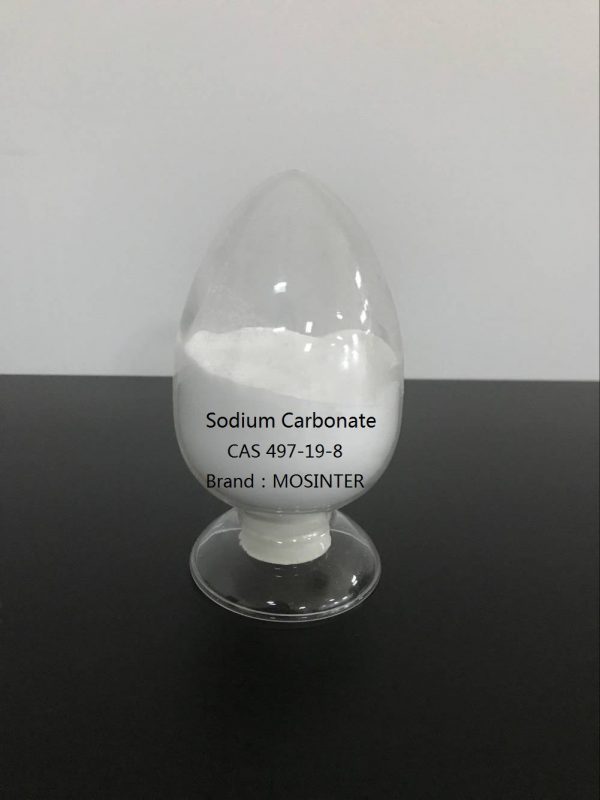
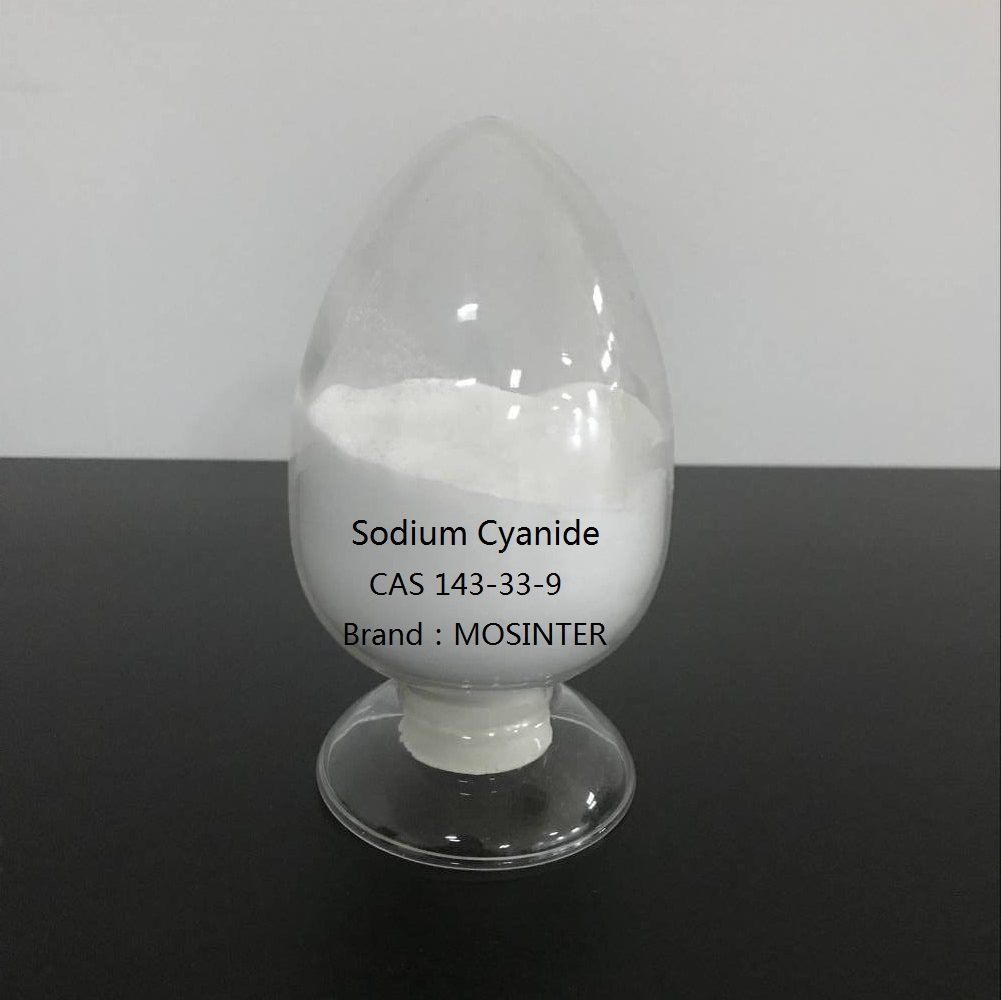
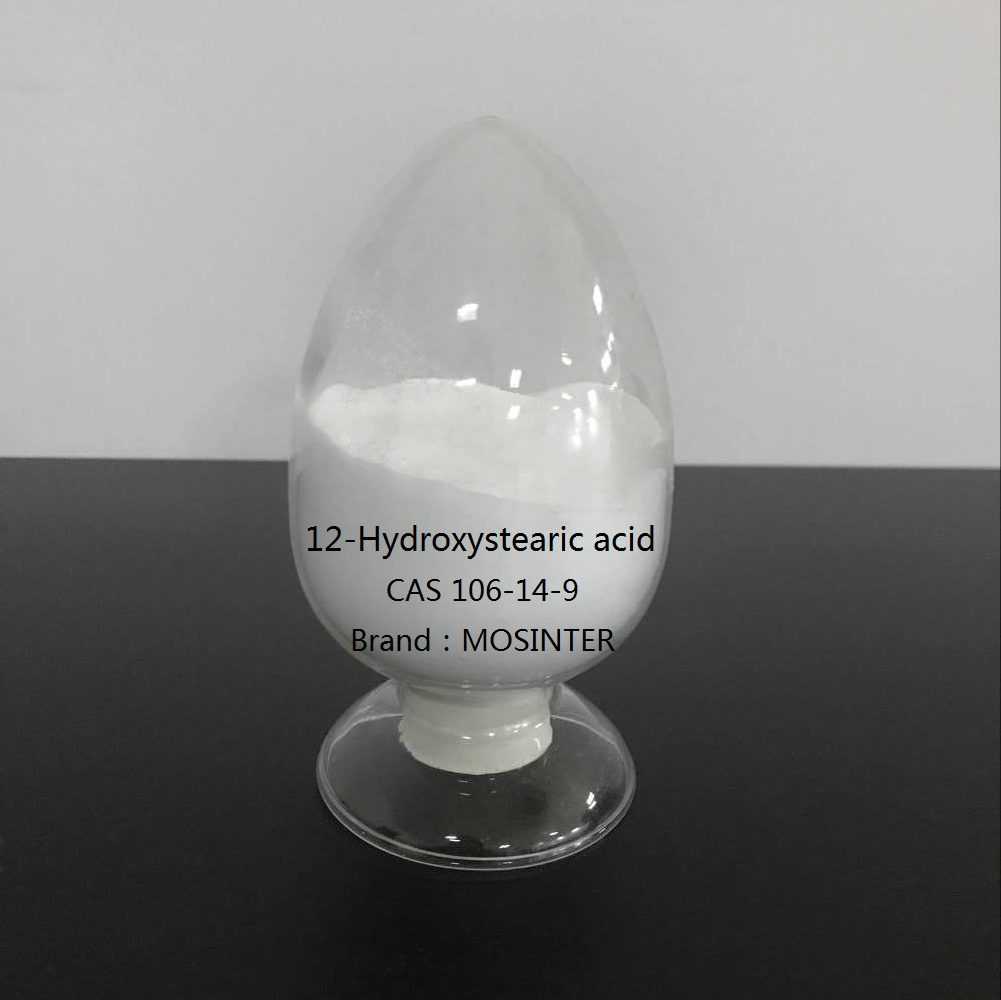
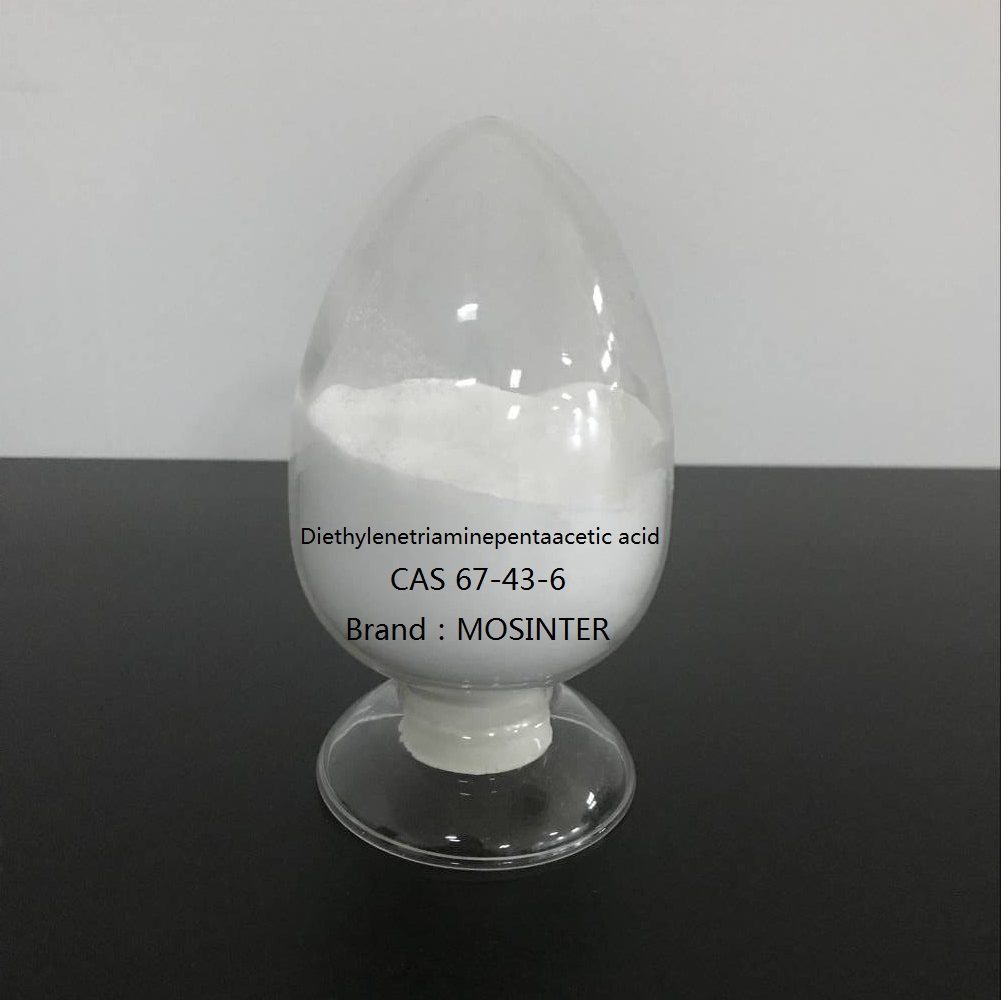
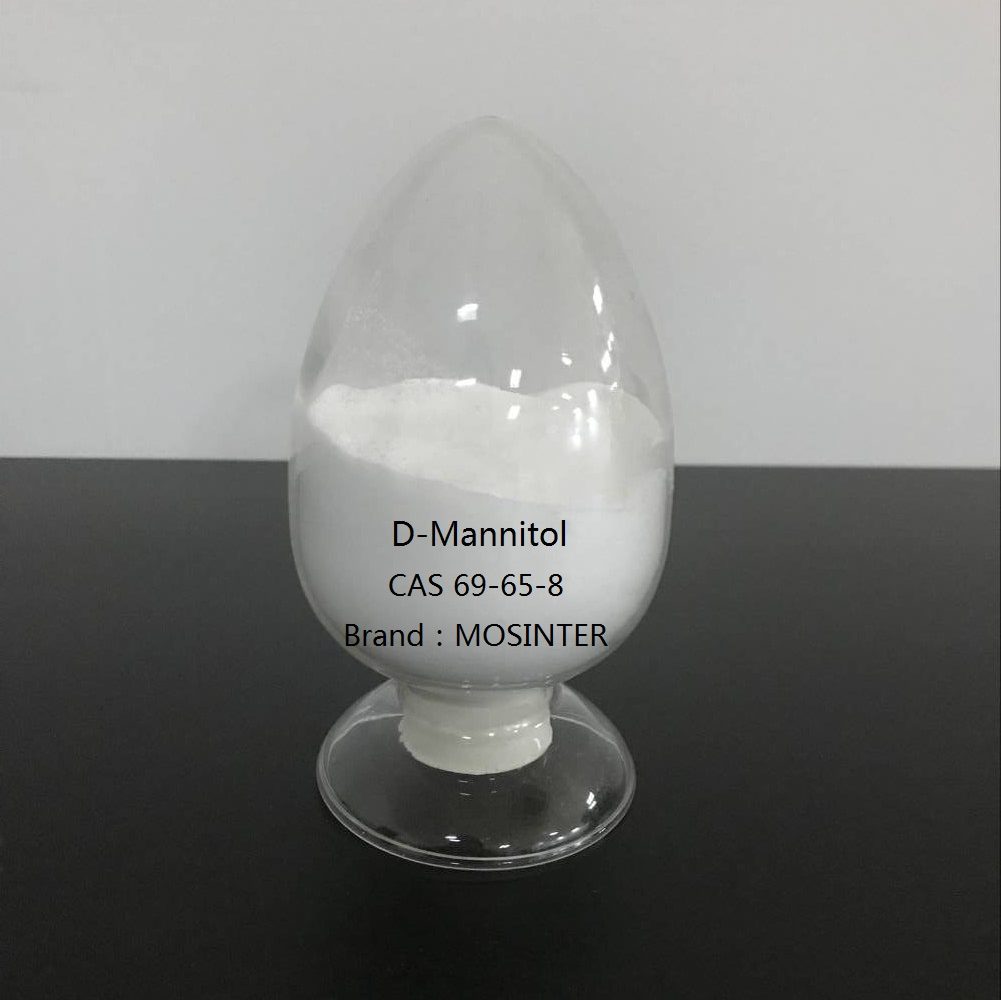
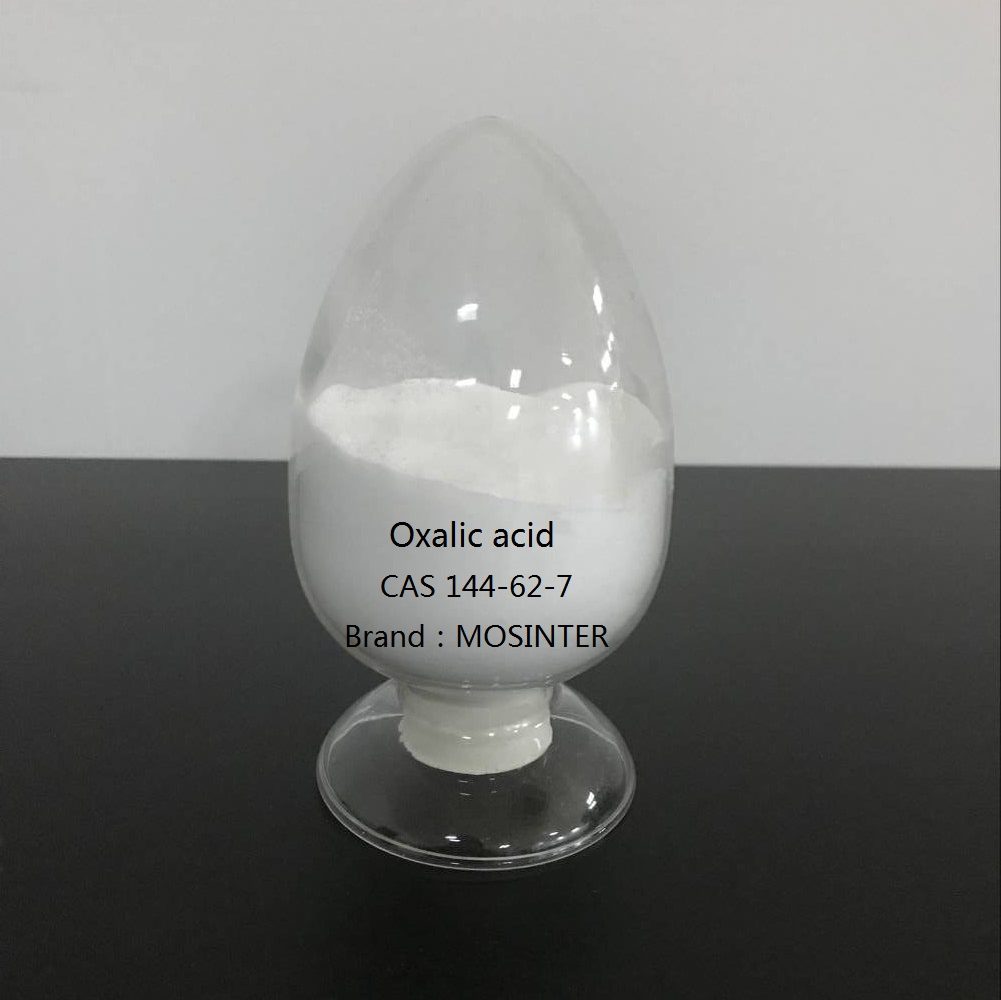
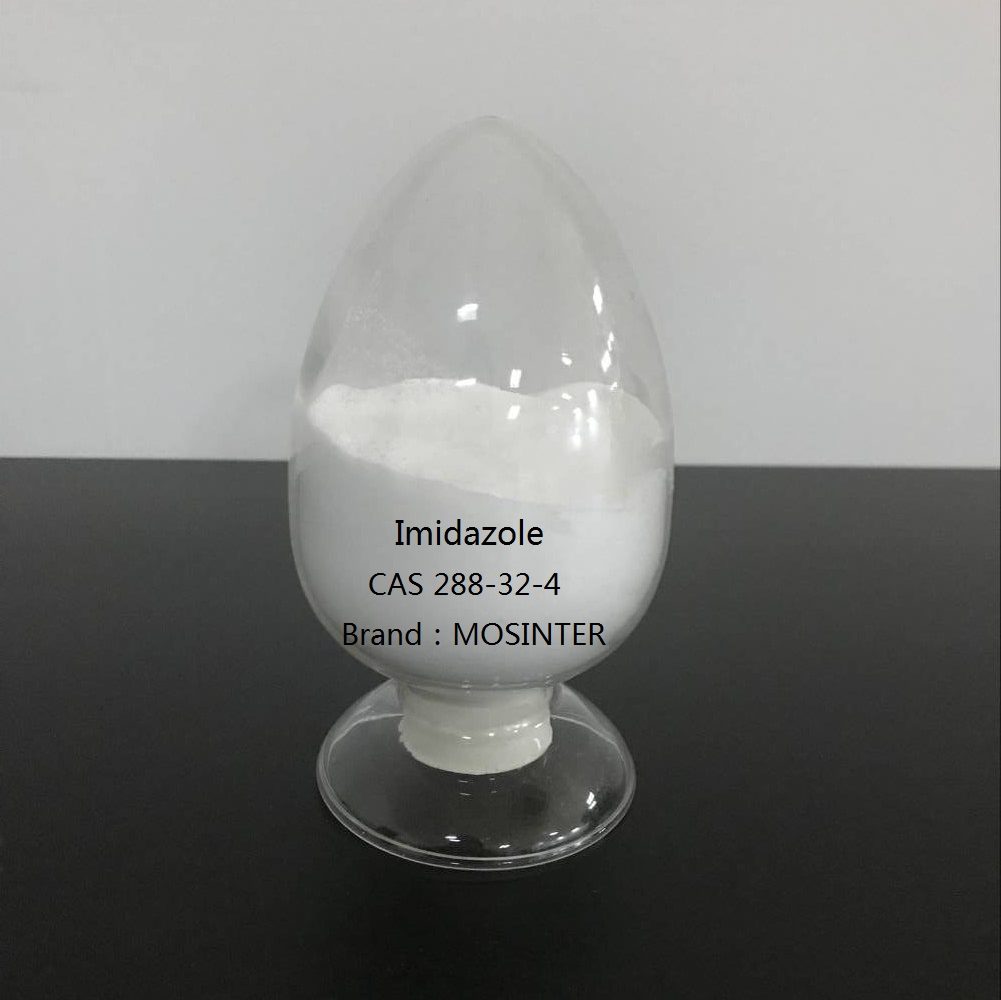
Reviews
There are no reviews yet.